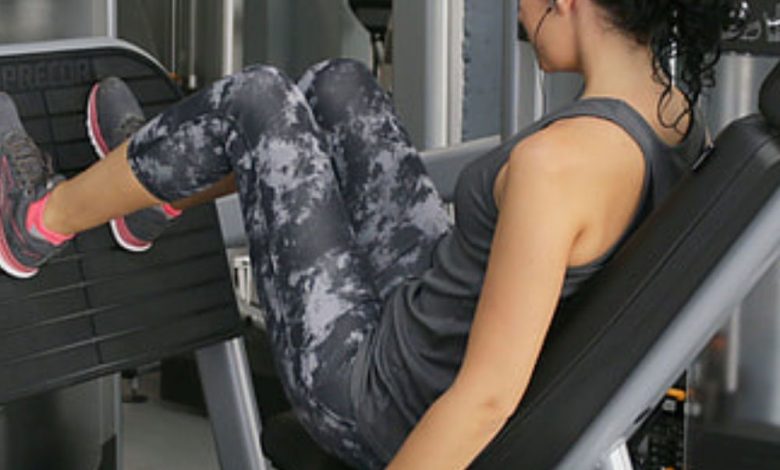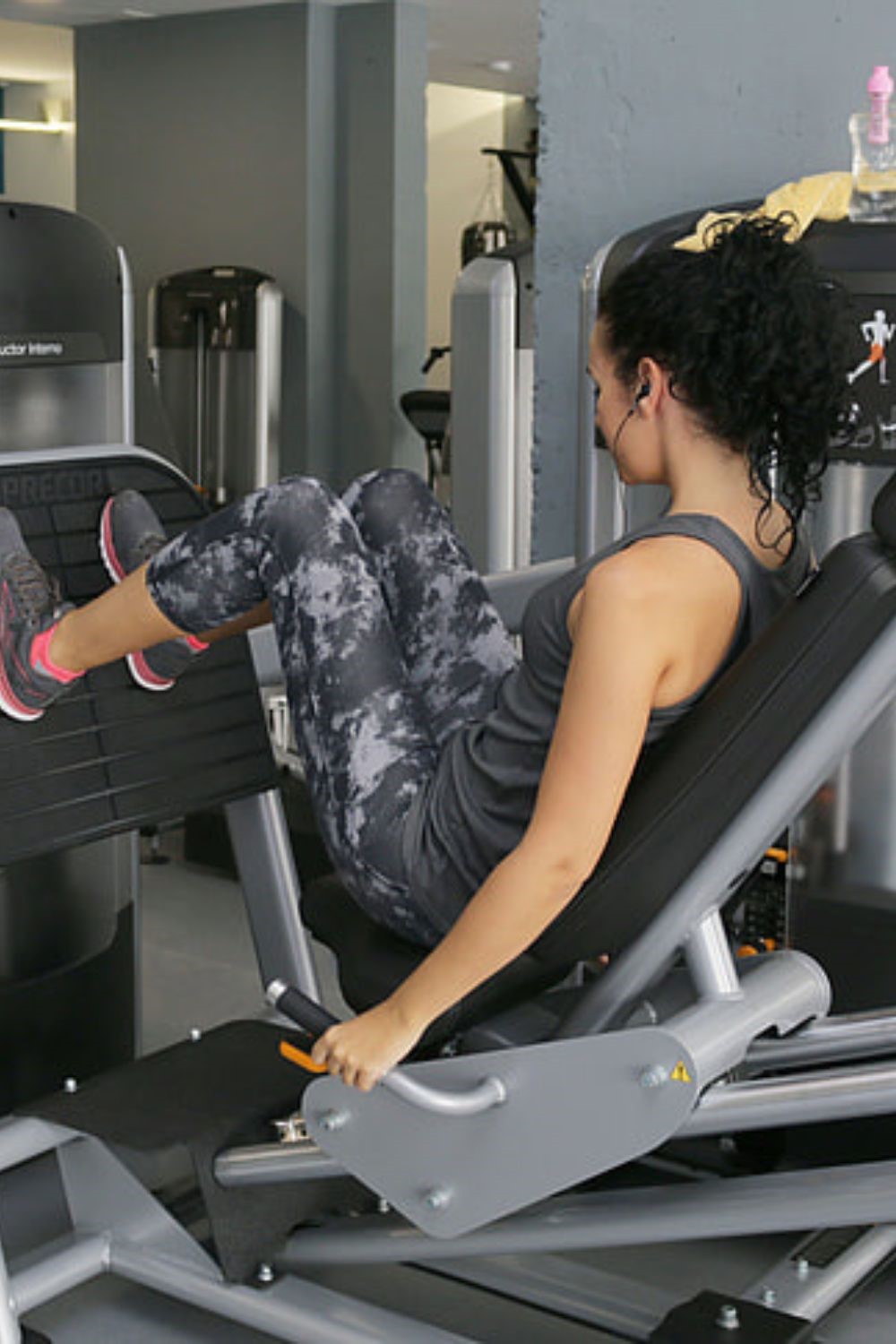Beginner’s Guide to the Horizontal Leg Press

Introduction to the Horizontal Leg Press
Importance and Benefits of the Horizontal Leg Press
The horizontal leg press is a staple exercise in any gym routine. It’s not just about lifting heavy weights—it’s about building strong, muscular legs. Whether you’re a beginner or a seasoned lifter, this machine can help you achieve your fitness goals. From enhancing muscle mass to improving overall leg strength, the horizontal leg press is a versatile tool in your workout arsenal. So, let’s dive into how to use it effectively and safely.
Types of Leg Press Machines
Fixed Seat vs. Moving Seat Leg Press
Before you start, it’s crucial to know the difference between the two types of leg press machines. There’s the fixed seat model where the seat remains stationary while the platform moves forward and backward. Then there’s the moving seat model where the seat itself moves back and forth. For the purpose of this guide, we’ll focus on the Techno gym horizontal leg press, which typically has a moving seat. Understanding which machine you’re using will help you adjust your form and technique accordingly.
Foot Placement for Beginners
Universal Foot Placement for Ease of Use
When you’re first starting out, it’s best to use a universal foot placement. This means positioning your feet hip-width apart, with your heels placed firmly on the platform. This alignment helps distribute the weight evenly and minimizes the risk of injury. By keeping your feet at this width, you ensure that your knees are in line with your ankles, which is crucial for maintaining proper form and alignment.
Seat Adjustment and Body Position
Adjusting the Seat for Comfort and Alignment
The seat adjustment is key to a comfortable and effective workout. You want to position the seat so that when you’re sitting down, your back, including your lower back and glutes, is firmly pressed against the seat. This ensures that you’re engaging your core and glutes, which are essential for proper form. Adjust the seat until you can sit up nice and high, with your feet positioned as described earlier. This setup will help you maintain balance and control throughout the exercise.
Proper Form: Pushing Up
Engaging Core and Glutes
Once you’re in position, it’s time to start pushing. But before you do, engage your core and glutes. This engagement helps stabilize your body and ensures that you’re using your leg muscles effectively. Push up from the position, making sure that your back remains in contact with the seat. You should feel the work in your legs, not your lower back. This is a common mistake, so be mindful of your form.
Avoiding Hyperextension
Keeping Knees at 90 Degrees
One of the most common mistakes when using the leg press is hyperextending the knees. This means fully locking out the knees, which can put unnecessary stress on the joints. Instead, aim to keep your knees at around 90 degrees when you push up. This position helps prevent hyperextension and reduces the risk of injury. Remember, it’s better to go a bit short than too far when it comes to knee extension.
Slow and Controlled Movements
Inhaling and Exhaling During the Exercise
The leg press is a powerful exercise, and proper breathing techniques can make all the difference. As you push up, exhale forcefully through your mouth. This helps generate more power and stability. As you lower the weight, inhale through your nose. This breathing pattern not only aids in maintaining control but also helps you stay focused on your form. Remember, controlled movements are key to a successful leg press.
Seat Adjustment for Comfort
Fine-Tuning the Seat Position
As you get more comfortable with the exercise, you might want to adjust the seat a bit further in. This can help increase the intensity of the workout. However, be cautious not to bring the seat too far in. If you feel any discomfort in your lower back or if your glutes start to lift off the seat, it’s time to stop and readjust. Comfort and proper form should always come first.
Breathing Techniques
Proper Breathing for Optimal Results
Breathing is an often overlooked aspect of weightlifting, but it plays a crucial role in your performance. In the leg press, the right breathing technique can enhance your strength and endurance. As mentioned earlier, exhale forcefully when pushing up and inhale when lowering the weight. This breathing pattern not only helps you maintain control but also ensures that you’re getting enough oxygen to your muscles. So, remember to breathe in and out with purpose.
Proper Foot Alignment
Ensuring the Heel is in Line with the Knee
Foot alignment is critical for maintaining proper form and preventing injury. Your feet should be positioned so that your heels are in line with your knees. This alignment ensures that the weight is distributed evenly and that your legs are working in the most efficient manner possible. If you’re unsure about your alignment, you can use a mirror to check your position. Proper foot alignment is the foundation of a successful leg press.
Knee Tracking
Aligning Knees with Ankles
Knee tracking is another important aspect of the leg press. As you push up and down, your knees should track in line with your ankles. This alignment helps prevent the knees from collapsing inward or splaying outward, which can lead to injury. Pay close attention to your knee position throughout the exercise. If you notice any deviation, adjust your form accordingly. Proper knee tracking is essential for a safe and effective leg press.
Hip Activation
Using Hip Strength for Proper Form
Engaging your hips is crucial for maintaining proper form and maximizing the effectiveness of the leg press. Your hips should be the primary source of power for the exercise. As you push up, focus on driving through your hips rather than just your knees. This engagement helps ensure that you’re using your leg muscles effectively and reduces the risk of injury. So, remember to activate your hips as you perform the exercise.
Using the Safety Handle
Exiting the Machine Safely
Exiting the leg press machine can sometimes be a bit tricky, especially if you’re tired. Fortunately, most machines come equipped with a safety handle. If you’re having trouble getting off the machine, use this handle to help lift yourself up. This safety feature is there for a reason, so don’t hesitate to use it. It ensures that you can exit the machine safely and comfortably.
Conclusion and Repetition
Final Tips for Mastering the Horizontal Leg Press
In conclusion, the horizontal leg press is a powerful exercise that can significantly enhance your leg strength and muscle mass. By following the steps outlined in this guide, you can ensure that you’re using the machine safely and effectively. Remember to start with a universal foot placement, adjust the seat for comfort, engage your core and glutes, avoid hyperextension, use controlled movements, and maintain proper form. As you get more comfortable, you can fine-tune your form and increase the intensity of your workouts. So, grab the bar, push through the heel, and start building those strong, muscular legs!
Next Steps
- Try It Out: Visit your local gym and give the horizontal leg press a try.
- Consult a Trainer: If you’re unsure about your form, consider consulting a personal trainer.
- Stay Consistent: Consistency is key in building strength and muscle mass. Make the leg press a regular part of your routine.


